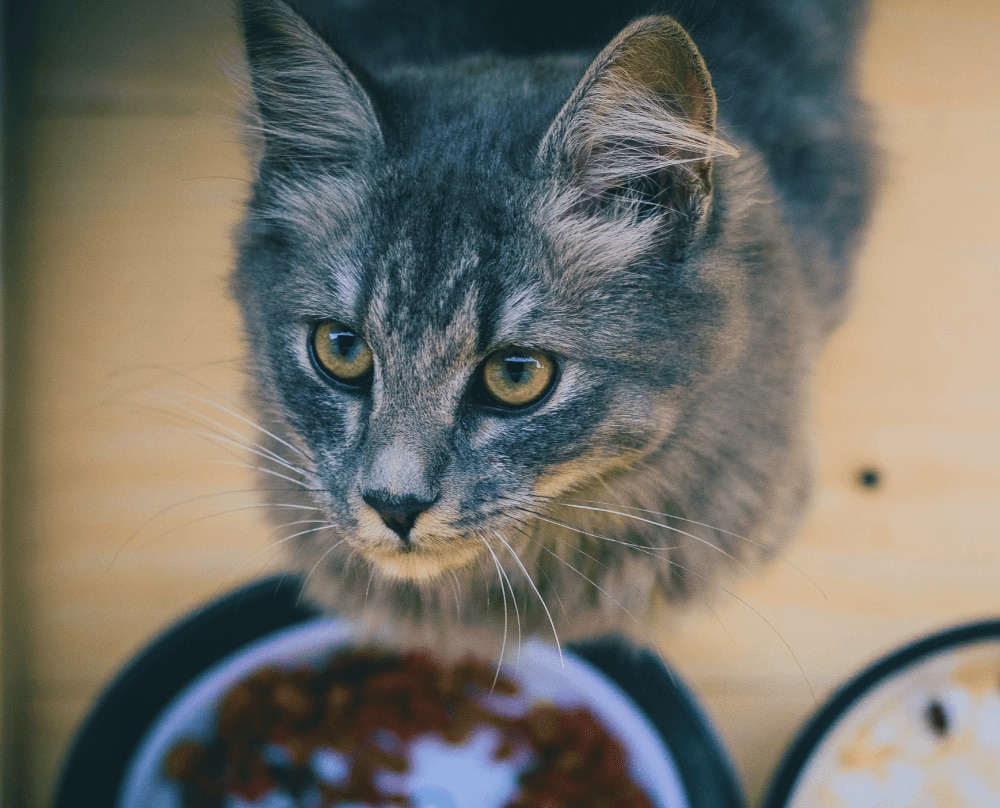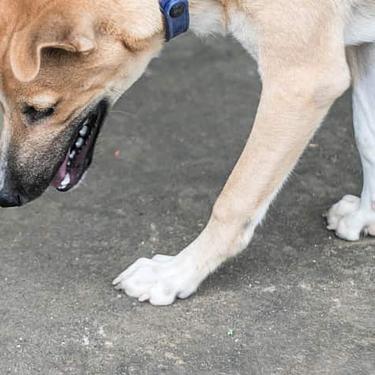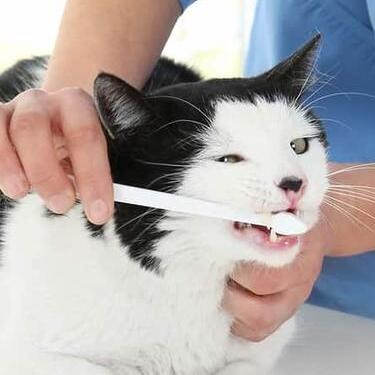

So, you're ready to furnish your home, but you're also a pet parent who knows just what cat claws can do to a new couch, coffee table or comfy recliner. But if you're ready to invest in nice pieces, don't despair — you have options.
So, what is recommended couch and furniture materials for cats and which materials should you avoid entirely? Here's what you need to know before doing any big-ticket shopping.
What Are the Best Couches for Cat Owners?
Cats are born to scratch. For your feline friends, scratching is an instinct that predates their domestication. However, cats are also creatures of comfort and will spend a lot of time on your new sofa. But this doesn't mean you have to wrap up your furniture in aluminum foil — pretty much the only textile cats dislike enough not to scratch. Instead, choose one of the following fabrics, which look great and work well for cat parents:
- Microfiber
- Faux suede
- Denim
- Synthetic polyester, rayon, nylon or acrylic
Of these, microfiber is a great choice because it's comfortable and stylish, yet sturdy. If your cat does claw at it, microfiber can stand up to a few scratches.
Faux materials like suede and synthetics no longer hold the stigma of being unfashionable and, in fact, are now more popular than ever thanks to shifts in design trends and updates to the texture of the fabrics themselves. Architectural Digest advises cat parents to stick with fabrics that are "tightly woven" and to avoid "loose-weave or looped upholstery." Why? Because your cat will see those little loops or nubby threads and think, "cat toy!"
This is a good rule of thumb for fabrics on armchairs, dining chair pads and floor coverings, too. Cats don't discriminate. Given the opportunity, they'll go to town scratching every piece of furniture that catches their eye.
What Is the Best Furniture Material for Cats?
If you're looking for non-fabric furniture, such as a dining table and chairs or a coffee table, consider investing in synthetic pieces or treated wood with smooth surfaces that your cat can't dig their nails into. Some cats view wooden furniture legs as tiny trees — perfect for claw-trimming — but with time and patience, you can teach your cat to redirect their instincts and choose a cat scratching post instead, emphasizes the Royal Society for the Prevention of Cruelty to Animals (or RSPCA) in Queensland, Australia. You can even make your own cat scratching post to entice them.

Cat food for a tidier litter box. Need we say more?
If you have an indoor cat, consider an indoor-oriented meal. Like our Science Diet Indoor Adult 11+ dry cat food. Specially formulated to fuel the energy needs of cats with an indoor lifestyle. With natural fiber that supports digestive health that make litter box clean-up easy.
Cat food for a tidier litter box. Need we say more?
If you have an indoor cat, consider an indoor-oriented meal. Like our Science Diet Indoor Adult 11+ dry cat food. Specially formulated to fuel the energy needs of cats with an indoor lifestyle. With natural fiber that supports digestive health that make litter box clean-up easy.
What Materials Should I Avoid?
When shopping for furniture and other household goods, avoid materials like textiles that can be easily snagged by cat claws, such as boucle, gauze, and some chenilles. These are versatile, terrific fabrics, but reserve them for items that stay out of your kitty's reach.
Additionally, these are the two types of material you'll definitely want to stay away from if you have cat roommates:
1. Sisal
Sisal, an agave plant whose leaves are used to make everything from carpets to clothes to baskets, is the preferred material for cat posts and toys because of its sturdy fibers. But think twice before buying that amazing sisal rug you've had your eye on; from your cat's point of view, they're thinking, "Look at that awesome scratching pad my human bought for me!"
Before you know it, your new floor covering will be shredded. It's not the cat's fault, of course, because they're drawn to these natural fibers. Save the sisal for cat accessories only.
2. Leather
Leather furniture is sleek, soft and durable, and doesn't really retain pet odors and hair, all of which make it a desirable furniture textile. But it's not the best couch material for cats: It's actually a prime target for cat claws.
It's easily scratched and, once pet claws hit leather, the material is never the same again. You can repair leather furniture, but it's typically an eight-step process, according to the leather repair experts at the Furniture Clinic. And, even after all that work, it's never going to look as good as when you bought it.
You can have nice things and share your living space with furry friends. It's about being smart with what you bring into your home. By gravitating toward fabrics they'll be less likely to scratch and giving them a nice mix of things they can — and will want to — dig their claws into, you and your cat roommates can live in perfect harmony in a beautifully furnished home. The best way to protect any furniture is to have safe and fun options like a scratching post, cardboard scratcher or other enjoyable outlet for your furry friends to sharpen their claws.



















